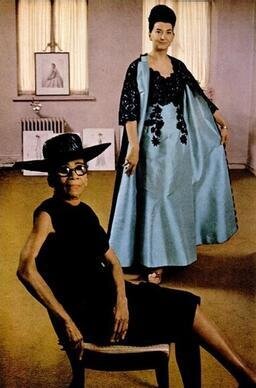
Ann Lowe was the first African-American woman to become a notable fashion designer. She was popular among high society American women from the 1920s to the 1960s and is best known for creating Jacqueline Kennedy’s taffeta wedding dress. Born in rural Alabama, Ann’s mother and grandmother ran a dressmaking business. At age 16, her mother passed away and Lowe took over operations. She left her first husband because he opposed her having a career. Her second husband left her for the same reason.
Lowe enrolled in design school in 1918. The school was segregated, so she had to attend school in a room alone. She soon rose above the other students and was able to graduate after only six months. Lowe’s first dress salon, in Florida, quickly became a success.
In 1946, Lowe designed the dress that Olivia de Havilland wore to accept the Academy Award for Best Actress for To Each His Own, although the name on the dress was Sonia Rosenberg (the store) as Lowe was not getting credit for her work at the time.
She opened a second salon on Lexington Avenue in 1950 and was extremely selective about who wore her dresses. In 1953, Lowe created the wedding dress for Jackie Bouvier. It consisted of fifty yards of ivory silk taffeta with interwoven bands of tucking forming the bodice and similar tucking in large circular designs swept around the full skirt.
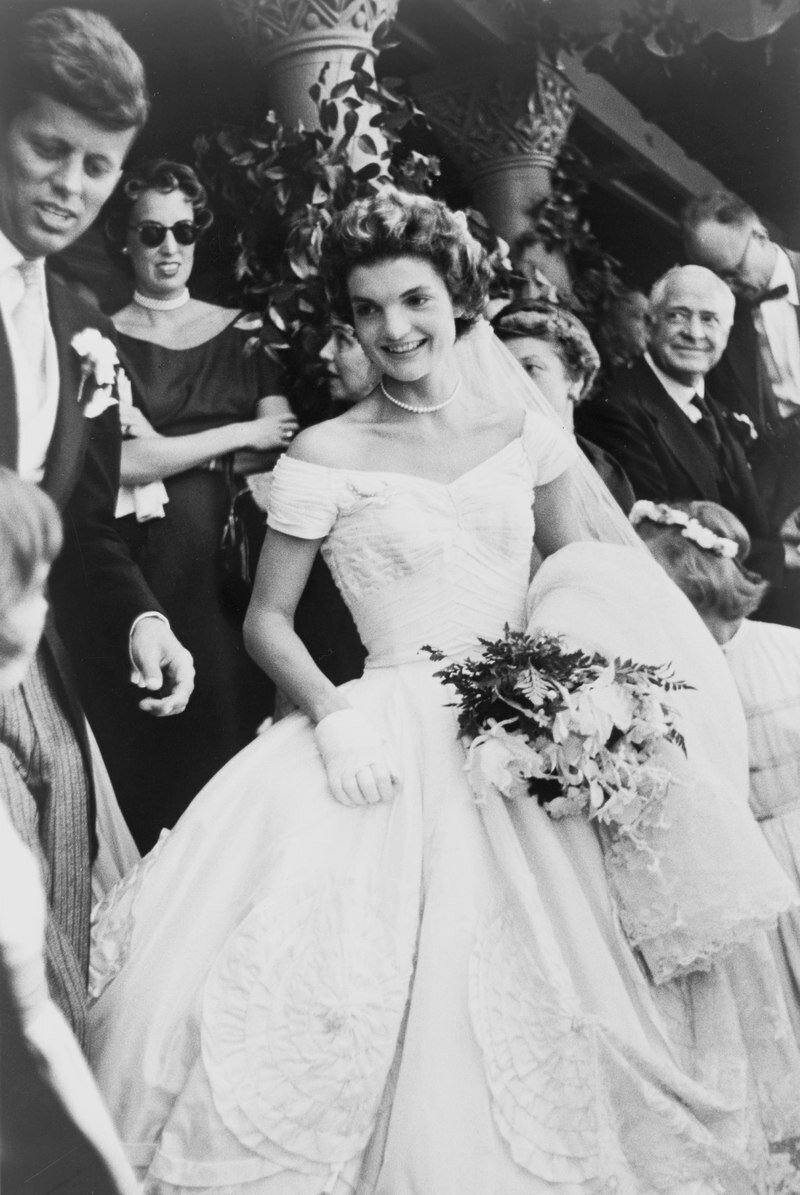
Toni Frissell photo, Library of Congress
Misfortune struck when, “less than two weeks before the wedding, a flood in Lowe’s studio left the bulk of her two months of work on both Kennedy’s dress and those of her bridesmaids destroyed. After buying new fabrics, bringing in a host of emergency seamstresses, and working furiously for 10 days, Lowe was able to recreate the dresses without the Kennedys ever knowing, even as she did so at a significant financial loss. A final hitch also arrived on the big day, when she was told to use the service entrance when arriving at the Auchincloss family estate. Lowe stood her ground, stating that she would ‘take the dresses back’ unless she was permitted entry through the front door, to which the staff eventually relented”. (Hess, Liam. “Pioneering Designer Ann Lowe Gets Her Due in This Year’s Met Exhibition.” Vogue. April 27, 2022. https://www.vogue.com/article/ann-lowe-met-exhibition-2022.)
The dress, which cost $500 (approximately $5,000 today), was described in detail in The New York Times’s coverage of the wedding. While the Bouvier-Kennedy wedding was a highly publicized event, Lowe did not receive public credit for her work on it until years later.
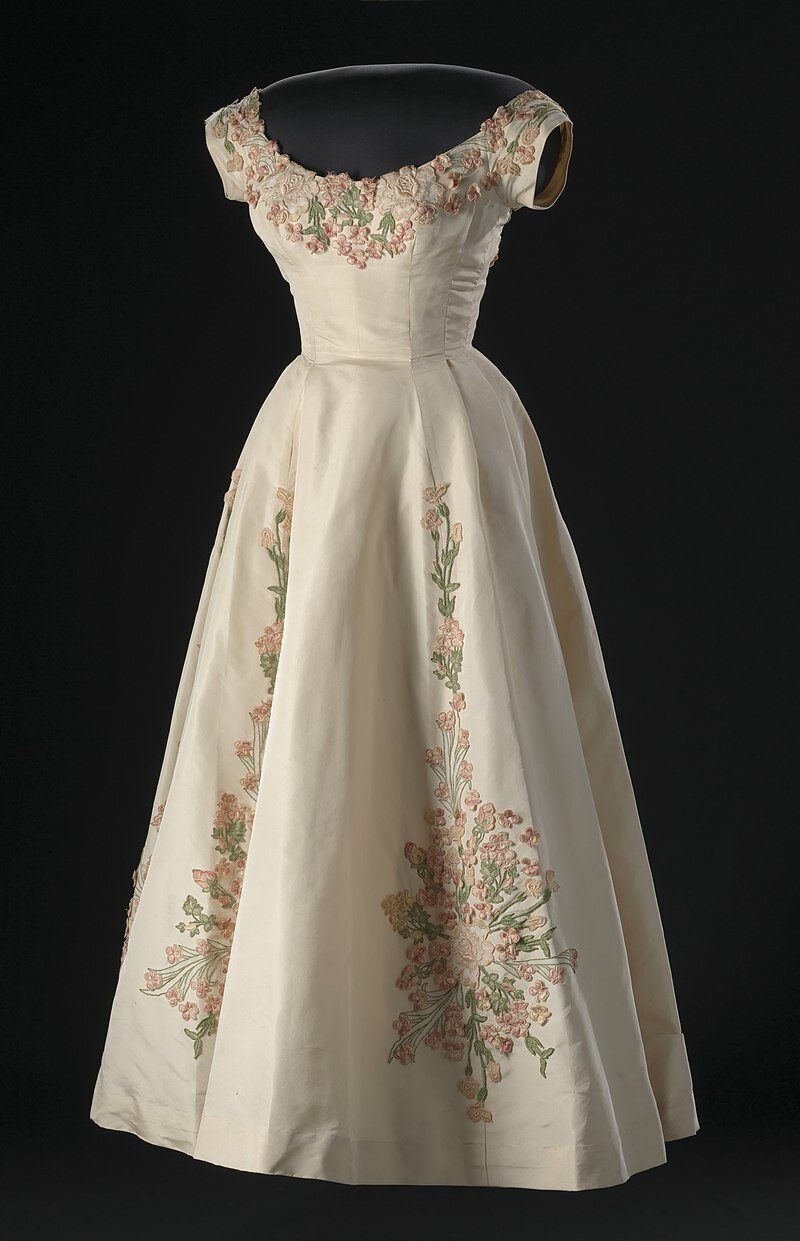
1958
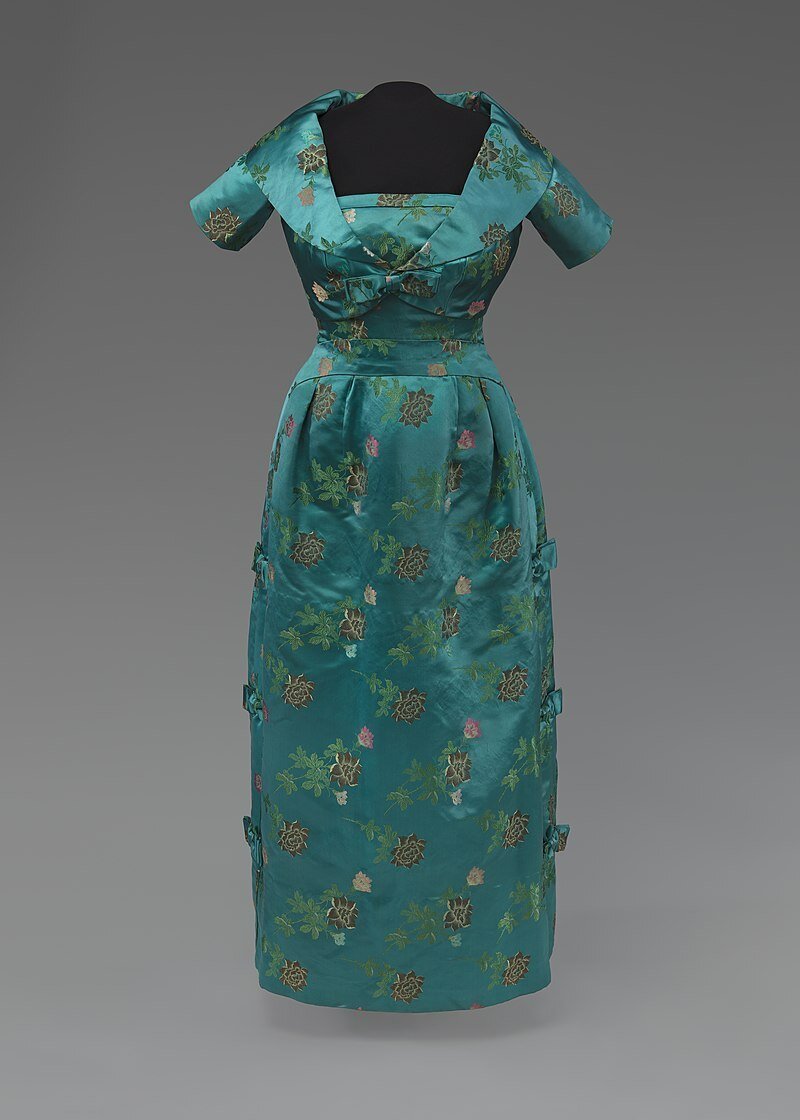
1950s
Lowe eventually gained recognition and received the Couturier of the Year award in 1961. Design elements for which she is known include fine handwork, signature flowers, and trapunto technique.
Throughout her career, Lowe continued to work for wealthy clientele, who often talked her out of charging hundreds of dollars for her designs. After paying her staff, she often failed to make a profit on her designs. Lowe later admitted that at the height of her career, she was virtually broke. In 1962, she lost her salon in New York City after failing to pay all of her taxes. After having an eye removed due to glaucoma that year, Lowe had her debts to the IRS mysteriously cleared by a donor rumored to have been Jackie Kennedy.
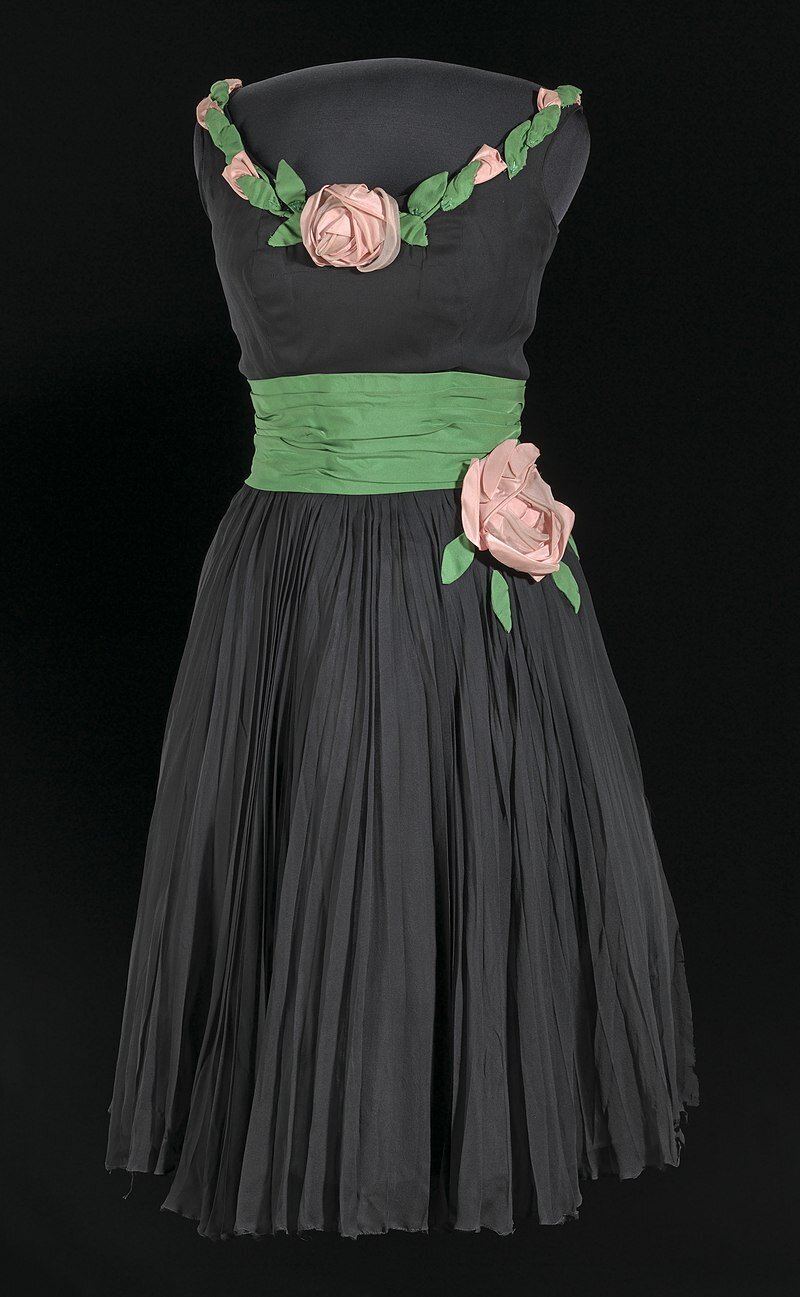
1960
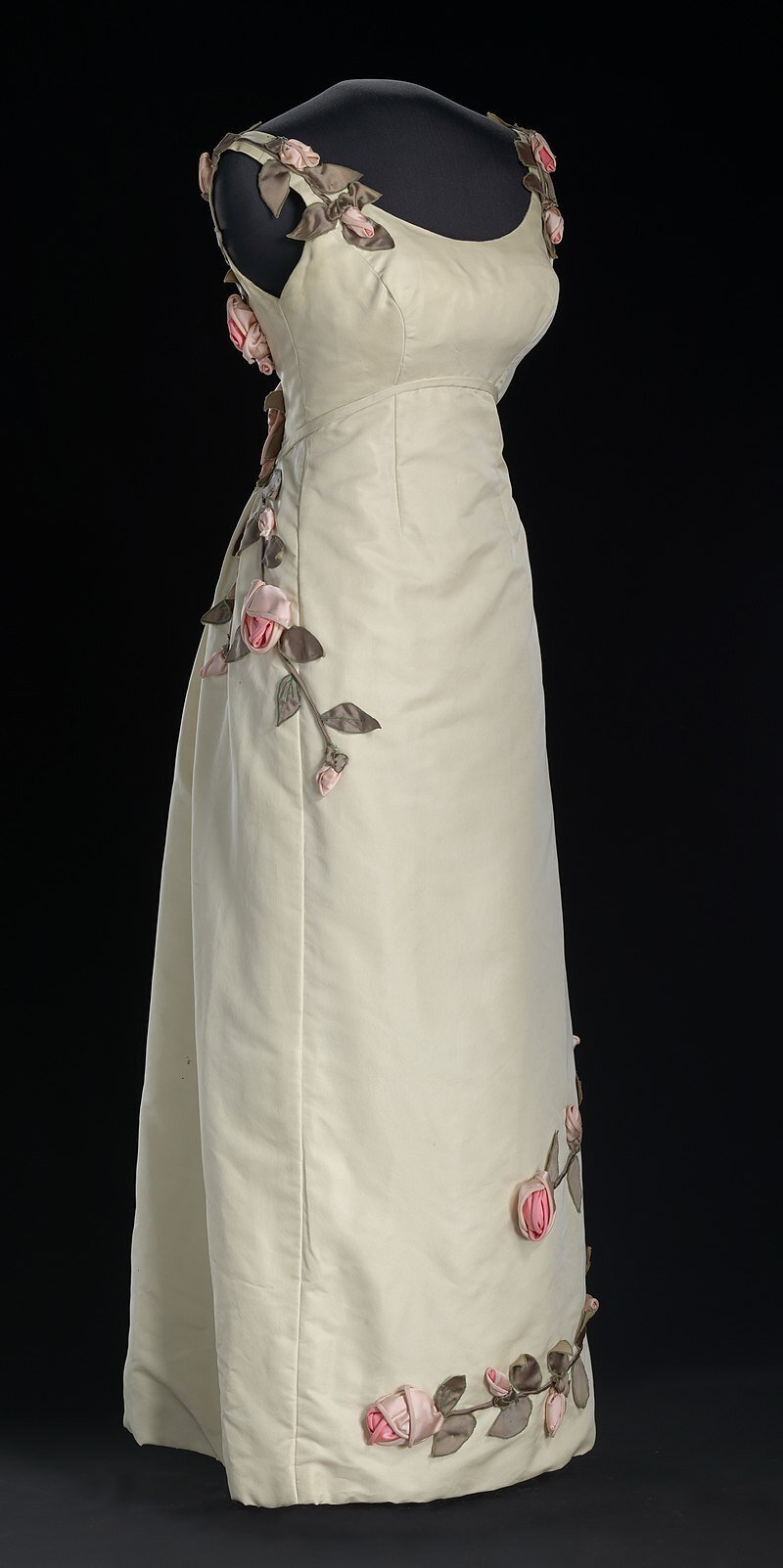
Dress designed between 1966 and 1967
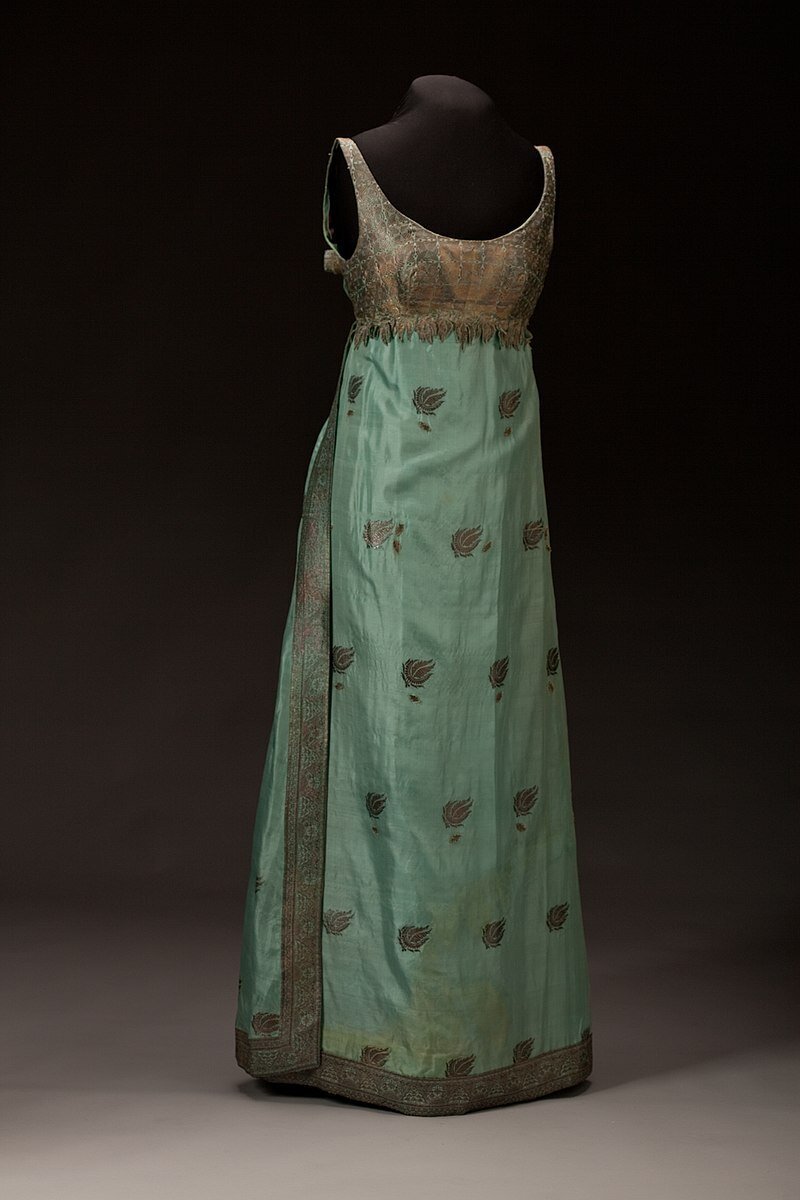
Dress designed between 1966 and 1967
In 1964, the Saturday Evening Post called Lowe “society’s best kept secret”. During a 1965 appearance on The Mike Douglas Show, Lowe said that her greatest motivation was simply “to prove that a Negro can become a major dress designer.” In 1966, Ebony magazine referred to her as “The Dean of American Designers”. She retired in 1972 after losing her sight and passed away nine years later. Her designs are currently held in a number of American museums and were included in the Met Museum’s 2022 ‘In America: An Anthology of Fashion’ exhibit.
Written by Síne McEllin of Ian Drummond Collection
All dress images via Collection of the Smithsonian National Museum of African American History and Culture.